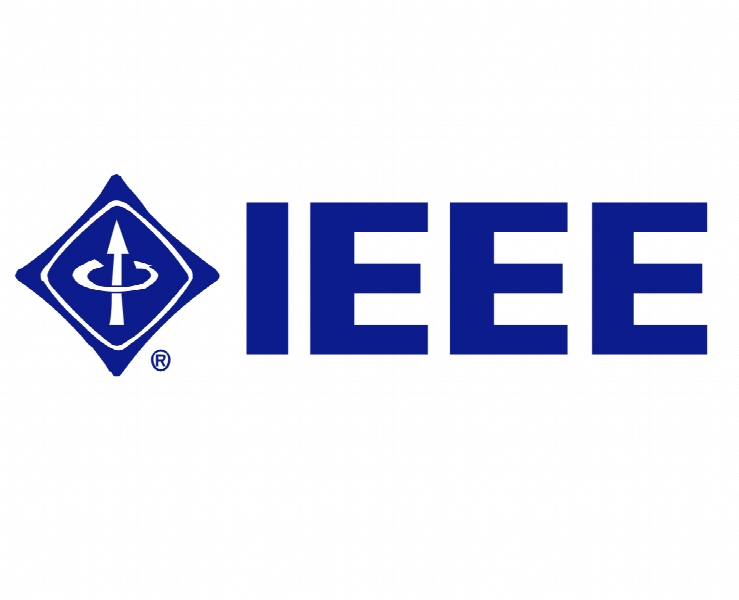تحلیل ویژگی های استاتیک و پویای سیستم تبدیل انرژی باد با استفاده از شبیه ساز توربین بادی Analyzing the static and dynamic characteristics of wind energy conversion system using wind turbine simulator
- نوع فایل : کتاب
- زبان : انگلیسی
- ناشر : IEEE
- چاپ و سال / کشور: 2018
توضیحات
رشته های مرتبط مهندسی مکانیک و مهندسی انرژی
گرایش های مرتبط تبدیل انرژی، انرژی های تجدیدپذیر و سیستم های انرژی
مجله کنفرانس IEEE در مورد تبدیل انرژی – IEEE Conference on Energy Conversion
دانشگاه Faculty of Electrical Engineering – Universiti Teknologi Malaysia – Malaysia
شناسه دیجیتال – doi https://doi.org/10.1109/CENCON.2017.8262470
منتشر شده در نشریه IEEE
کلمات کلیدی انگلیسی control system, DC motor, wind energy conversion system, wind shear, tower shadow effects, wind turbine simulator
گرایش های مرتبط تبدیل انرژی، انرژی های تجدیدپذیر و سیستم های انرژی
مجله کنفرانس IEEE در مورد تبدیل انرژی – IEEE Conference on Energy Conversion
دانشگاه Faculty of Electrical Engineering – Universiti Teknologi Malaysia – Malaysia
شناسه دیجیتال – doi https://doi.org/10.1109/CENCON.2017.8262470
منتشر شده در نشریه IEEE
کلمات کلیدی انگلیسی control system, DC motor, wind energy conversion system, wind shear, tower shadow effects, wind turbine simulator
Description
Abstract The static and dynamic characteristics of wind energy conversion system (WECS) are presented in this paper. For this purpose, a wind turbine simulator (WTS) is designed and developed using MATLAB/Simulink. The actual wind turbine is replaced with a DC motor in order to replicate the speed and/or torque. The intelligent DC-DC power converter of half-bridge type has been designed to drive the motor in controlled way. Two different control structures, for static and the dynamic characteristic replication separately, have been designed. Isolated WECS of the type fixed-pitch with the structure horizontal axis wind turbine (HAWT) having three blades is opted for the modeling and performance analysis of the proposed WTS. The obtained simulation results confirm that the developed WTS is able to mimic the static as well as dynamic characteristics of the real WECS. The system design, the models developed and the results along with analysis, are presented in this paper.


